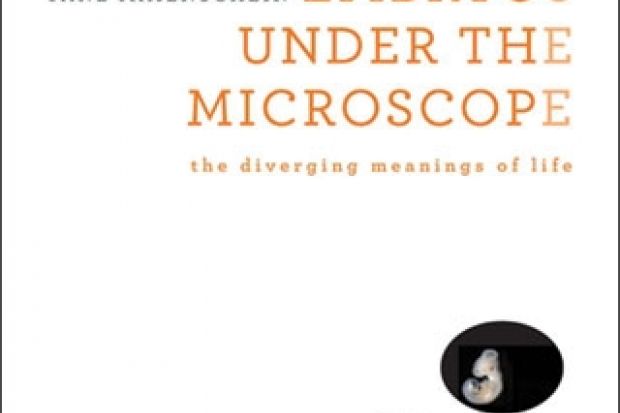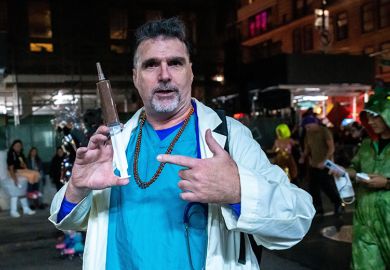When, do you think, did you first become a person? For the proponents of the personhood movement, the answer is instinctively obvious. They believe that “every human being shall have all the legal and constitutional attributes and privileges of personhood from the moment of conception”. But should we trust our instincts in such matters? Consider the US politician, driven by his gut instincts, who drafted a bill proposing that human clones should be outlawed. He failed to realise that his proposed legislation would have made it illegal to bear natural identical twins. In the case of human embryo research, the arguments are not so clear-cut, and science cannot tell us what is right or wrong. But neither, argues Jane Maienschein, can our uninformed intuition. It is science that allows us to hold our beliefs up to the light of evidence and see if they still hold firm.
At the heart of this book is a fact both familiar and astonishing. Each of us, with our incredible complexity of form and function, arose from a simple fertilised egg. Even more astonishing is that we are starting to understand how this happens. We know now that the early embryo is not a tiny creature whose fate is inexorably mapped out. Rather, this cluster of cells can split to become two people, or merge with other clusters to contribute to only part of a person. Indeed, during the first few days after your mother’s egg met your father’s sperm, the cells of the resulting embryo remain entirely undecided as to their fate. None of these cells was committed to becoming “you”: they were each just as likely to end up as the membrane that surrounded you in your mother’s womb. The uncertainty that surrounds the destiny of these early embryonic cells does not sit well with a simple notion of this embryo as a tiny person. This provides us with a puzzle: how did our own bodies emerge successfully from such ambivalent beginnings?
The search for an answer to this question is one of the great stories of 20th-century biology, and Maienschein describes it to us in an evocative historical context. We hear about the researchers who did (and still do) gather each summer at the Marine Biological Laboratory at Woods Hole, Massachusetts to study not human embryos, but sea urchins and frogs, flatworms and flies. It is from these creatures that we gained the first inklings of general principles that turned out to hold true for our own development. I loved Maienschein’s stories of these scientists gathering for “movie nights” to marvel over developing embryos filmed through their own microscopes. They watched form emerge from unformed matter before their eyes, and Maienschein encourages us to do the same by seeking out similar videos (try gastrulation.org).
Later chapters focus on the current day. Many labs around the world aim to harness the power of human embryonic stem cells to restore function to degenerating tissues. The public reaction to such regenerative therapies is a mixture of excitement, fear and confusion. Maienschein sifts the hope from the hype, setting out what is currently possible and where the technical and ethical limits lie.
As Maienschein puts it: “Political discussions often serve as a sort of centrifuge, throwing the rhetoric away from the middle and towards the most extreme and farthest distant views.”
Her book helps us to navigate a path through this dizzying rhetoric by presenting us with a view of embryonic development that is both clear-headed and captivating.
Embryos Under the Microscope: The Diverging Meanings of Life
By Jane Maienschein
Harvard University Press, 352pp, £21.95
ISBN 9780674725553
Published 28 May 2014
Register to continue
Why register?
- Registration is free and only takes a moment
- Once registered, you can read 3 articles a month
- Sign up for our newsletter
Subscribe
Or subscribe for unlimited access to:
- Unlimited access to news, views, insights & reviews
- Digital editions
- Digital access to THE’s university and college rankings analysis
Already registered or a current subscriber?





